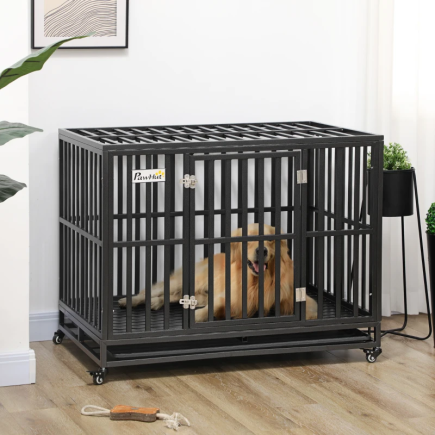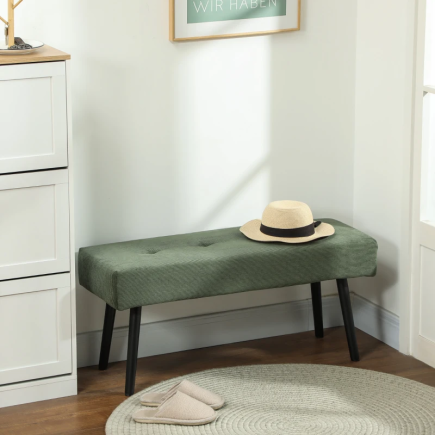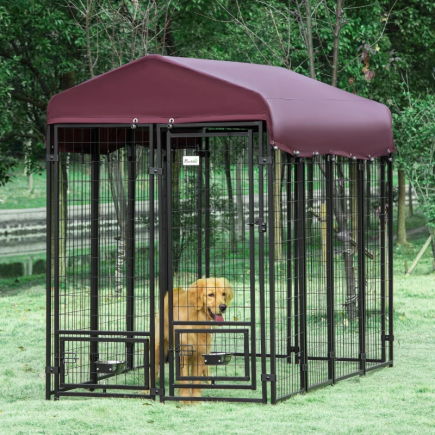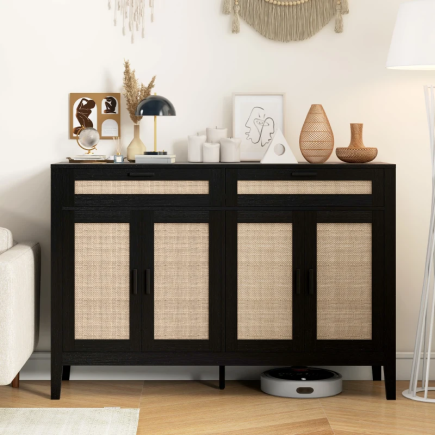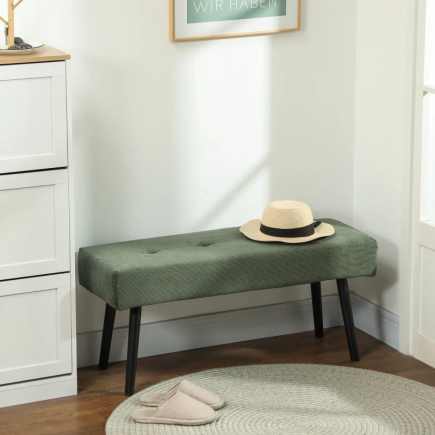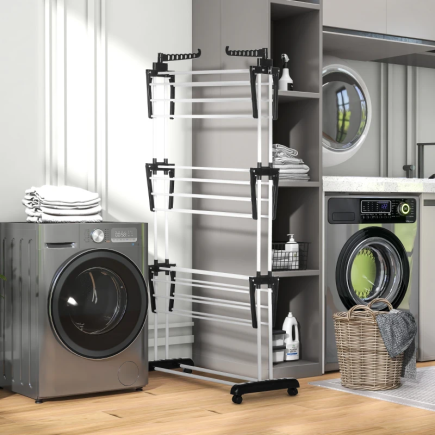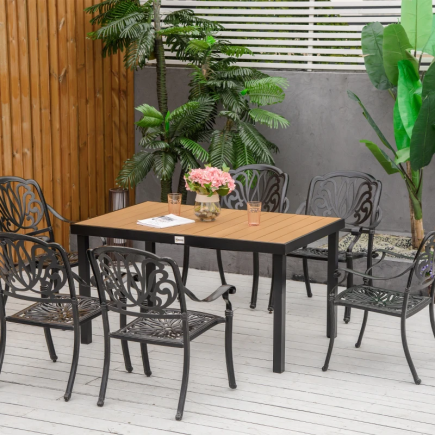A wine fridge is more than just an appliance, it’s the guardian of your wine’s flavour, quality, and longevity. Whether you’re a casual wine enthusiast or a serious collector, keeping your wine fridge in top condition is essential for preserving the taste and texture of every bottle. One of the most common maintenance tasks? Defrosting. While it may sound simple, doing it wrong can damage your appliance, or worse, your wine.

In this article, you’ll learn exactly how to defrost your wine fridge safely, quickly, and efficiently. We’ll walk through the signs that it’s time to defrost, step-by-step instructions, what tools you’ll need, and how to prevent frost from forming again.
Tools and Supplies You’ll Need
Most of what you need is already in your home. Here’s a quick checklist:
| Item | Purpose |
| Towels or newspaper | To soak up melted water |
| Sponge or cloth | For wiping surfaces |
| Mild soap or vinegar | For cleaning and deodorizing |
| Basin or bucket | To collect meltwater |
| Soft brush | For gentle scrubbing, if needed |
| Optional: Fan or hair dryer | To speed up the process (with caution) |

Avoid using bleach or harsh cleaners, they can damage finishes and leave odours behind.
Safety First: What to Do Before Defrosting
Before you jump into defrost mode, take a few precautions to protect yourself and your appliance:
Do This Before Starting:
- Unplug the wine fridge to avoid electrical hazards.
- Remove all bottles and store them in a cool, dark place temporarily.
- Protect the floor with towels or a waterproof mat.
- Avoid sharp tools like knives or screwdrivers, which can damage internal coils or liner.

Step-by-Step Guide: How to Defrost a Wine Fridge Properly
Now let’s walk through the process from start to finish.
Step 1: Turn Off and Unplug the Fridge
Unplugging ensures safety while allowing the ice to melt naturally without strain on the appliance.

Step 2: Remove Bottles, Shelves, and Racks
Carefully take everything out. Set wine bottles aside in a cool place out of direct sunlight.

Step 3: Let the Ice Melt
Open the door and allow warm air to naturally melt the frost. Depending on the amount of buildup, this may take 4 to 24 hours.

Step 4: Soak Up the Water
Place towels or newspaper at the bottom of the unit to absorb the meltwater. Replace them as needed during the process.
Step 5: Clean and Dry the Interior
Use a mild vinegar solution or gentle soap with warm water. Wipe all surfaces thoroughly, then dry with a soft cloth.
Step 6: Plug It Back In
Once completely dry, plug in the unit and allow it to reach optimal temperature before restocking.
How Long Does It Take to Defrost a Wine Fridge?
Defrosting time depends on several factors:
| Factor | Impact |
| Ice Thickness | Thicker frost takes longer to melt |
| Room Temperature | Warmer rooms speed up defrosting |
| Ventilation | Better airflow accelerates melting |
| Method Used | Natural vs. fan or heat-assisted |
Typical Defrosting Time:
- Light frost: 4-6 hours
- Moderate buildup: 8-12 hours
- Heavy frost: 24 hours or more
Tip: Plan a defrosting session on a mild-weather day when your wine doesn’t need chilling right away.
Speeding Things Up: Safe Ways to Defrost Faster
If you’re in a rush, there are safe ways to speed things along, just be cautious.
Quick Defrosting Methods:
| Method | How to Use | Caution |
| Boiling Water Bowl | Place inside with door shut | Use towel underneath to protect surfaces |
| Hair Dryer | Blow warm air on frosty areas | Keep low heat, safe distance, avoid foam interiors |
| Fan Method | Set up facing open door | Improves airflow and room temp |

Avoid steam cleaning or intense heat sources, they can warp plastic components or damage seals.
Tip: Don’t use metal tools to scrape ice. Even plastic tools can scratch surfaces if too much force is applied.
Cleaning and Reassembling After Defrost
Once the ice is gone and everything’s dry, it’s time to clean, reassemble, and refresh your wine fridge.
Cleaning Tips:
- Mix equal parts white vinegar and water for a natural, odour-neutralizing cleaner.
- Rinse thoroughly and dry all surfaces.
- Wipe down and dry racks and drawers before reinstalling.
Odour Removal:
Place a small bowl of baking soda or activated charcoal inside to absorb residual smells before restocking.
Restarting Your Wine Fridge the Right Way
After cleaning and reassembly:
- Plug in the unit and set it to your desired temperature (typically 12–18°C for red wine, 8–12°C for white).
- Wait for the fridge to stabilise, usually 4–6 hours.
- Reintroduce bottles gradually, spacing them out for airflow.
Avoid packing it full immediately, this lets the fridge regulate temperature more efficiently.
How Often Should You Defrost a Wine Fridge?
There’s no single schedule for defrosting, it depends on your environment and how often you use your wine fridge.
General Guidelines:
| Usage Type | Recommended Defrosting Frequency |
| Normal household use | Every 6–12 months |
| High humidity area | Every 4–6 months |
| Overloaded fridge or older unit | Every 3–4 months or as needed |
Keep an eye on interior surfaces every few weeks. If you see the first signs of frost forming, act early.
Troubleshooting If Frost Returns Too Quickly
If you’ve just defrosted and ice builds up again within a short time, it’s time to dig a little deeper.
What to Check:
| Issue | Possible Fix |
| Faulty thermostat | Test temperature settings or replace unit if needed |
| Damaged door gasket | Check for cracks or warping, replace if it doesn’t seal properly |
| Overfilled fridge | Rearrange or reduce the number of bottles |
| Humid environment | Add dehumidifying packs inside the unit |
| Frequent door openings | Make sure the door closes fully each time |
Also, double-check your fridge type, manual defrost models require more attention than frost-free units. If your fridge claims to be frost-free and still ices up often, it may be time to contact customer support or have it inspected.
Defrosting your Wine Fridge might not be glamorous, but it’s a small task that makes a big difference. By staying proactive, using safe defrosting methods, and performing occasional maintenance, you’ll extend the lifespan of your appliance and preserve your wine’s integrity bottle after bottle.
FAQs
1. Can frequent defrosting shorten my wine fridge’s lifespan?
No, frequent defrosting itself won’t shorten the fridge’s lifespan, but repeated ice buildup indicates underlying issues. Regularly inspect door seals, thermostat function, and airflow to reduce the need for frequent defrosting.
2. Why is my wine fridge making unusual noises after defrosting?
After defrosting, your wine fridge might initially make unfamiliar noises due to temperature recalibration or internal components restarting. These sounds typically subside within a day. If noises persist, check if shelves or bottles are vibrating against the fridge’s interior.
3. Is it normal for my wine fridge to feel warm outside after defrosting?
Yes, mild warmth is normal as the fridge stabilizes internal temperatures and expels excess heat. If the fridge becomes excessively hot or stays warm longer than a day, ensure proper ventilation around the appliance.

